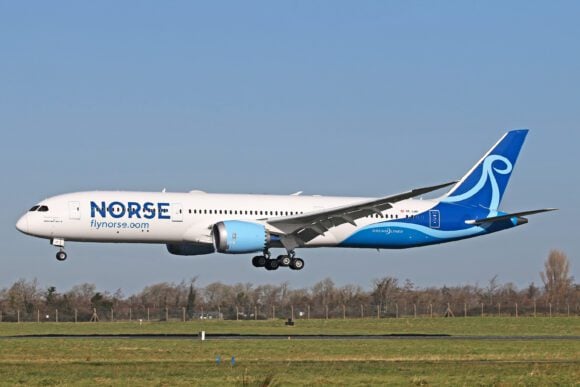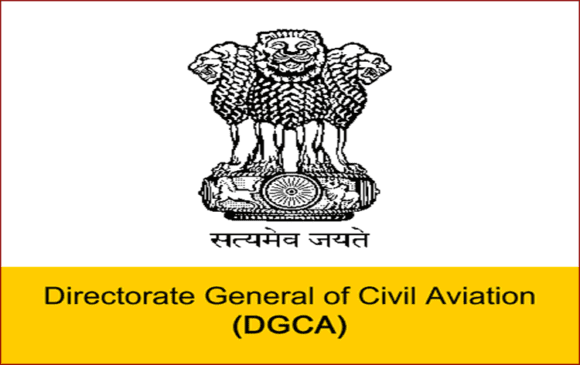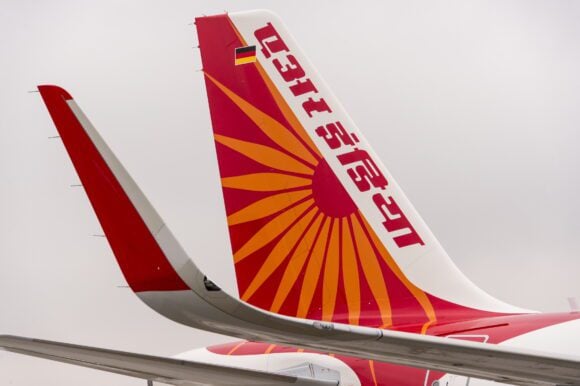Airlines know that fast turnarounds mean profits – Southwest advertised ten-minute turns back in 1982. While there have been various claims about turnaround times, there has been a shortage of data to help determine just how important this factor is to airlines’ overall performance.
This has left some big questions. For example, are faster turnarounds just about utilization, or is there a large business impact? Do, or can, shorter turnaround times offer an airline a strategic advantage? This is tough to demonstrate. The airline industry is highly complex – there are many variables and many of these are exogenous. Moreover, airlines do not share their turnaround data and we have previously tried to pull this out of the US DoT On-Time data.
Another source of operational data is from FlightRadar24. In previous posts, we have used this data to track the A320neo and C Series fleet performance. A recent download of over two million flights from Flightradar24 has shown us that there may be a correlation between airline turnaround time and airline profitability.
- First, despite lots of variables, there appears to be a correlation between ground time and airline financial performance. This is especially true for narrowbody short- and medium-haul scheduled flights, which do many turns per day. Reducing ground time could indeed make an airline more competitive.
- Second, this benefit may be strategic. The correlation is evident when comparing airlines that compete within markets. In our earlier and ongoing research using the US DoT data, we focused on the US market. For the Flighradar24 analysis, we focused on Europe.
- Third, the benefits go beyond fleet utilization. Cutting a minute from average ground time may have more impact on an airline’s profitability than utilization alone. It appears that for every minute an airline saves; operating margins increase 0.43% in Europe.
The critical question for an airline is: What can you do about it? Airlines routinely work on reducing turnaround time. There are new initiatives focused on cutting ground time across the board. Some simply involve positioning. American Airlines once selected JFK gates nearest to the runways. The point was to cut taxi fuel, but it also cut taxi-time. Some involve small operational changes, ensuring all stakeholders (ground handlers, ATC, airlines, and airports) cooperate on turnaround procedures. But it seems collaboration usually looks better on paper than on the ramp. There are also other choices, focusing on smaller airports like Ryanair, for example. There are also new technologies like e-taxi systems which could speed up pushback at the gate. E-taxi also offers lower noise and lower fuel burn, but the focus is really on time savings.
AirInsight is continuing to examine the implications of this data, but the initial results show a strong connection between reducing the ground time and increasing profits.
In analyzing the data, we used the following rules:
- Ground times over three 3 hours were ignored.
- In order to measure performance fairly, only narrowbody turnaround times were measured. Regionals and widebodies were excluded.
- Publicly reporting airlines included the fleets of their subsidiaries.
- Only clean data showing clear touchdown and take-off times were included in the analysis.
The following chart shows a selection of these airlines. It seems that a plausible case exists that supports the notion that shorter ground times are not only an indication of greater efficiency but also point to more profitable operations. Ergo, anything that reduces ground time must be chased with a vengeance.

Clearly more research into this matter is warranted. There is a strong case for a connection between ground efficiencies and profits.
Views: 95





